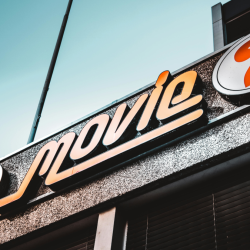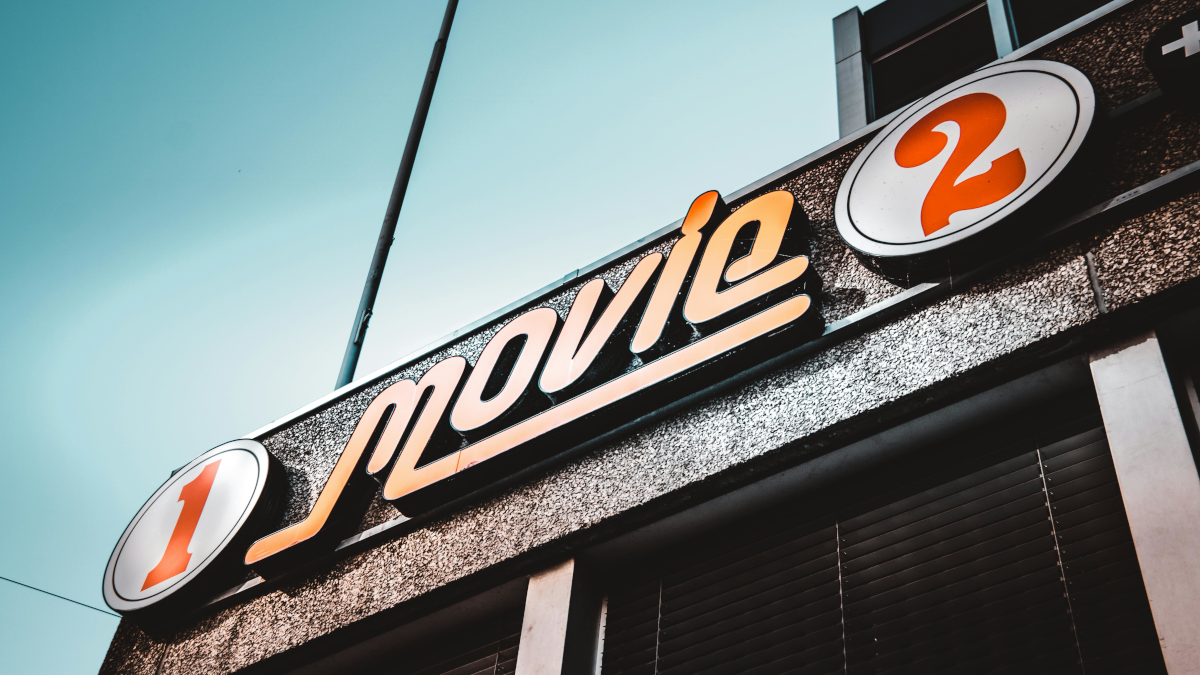As workplace related phenomena go, ‘The Great Resignation’ is possibly the most seismic trend any of us have experienced in our lifetimes. We’ve never seen anything quite like this before. Over the past year, people have thrown the towel in to their employers in historic numbers. In the US, a record 4.5m Americans quit their jobs in November alone — that’s more people than the population of Oregon.
Meanwhile, in the UK three quarters of the largest companies on the London Stock Exchange have cited skills shortages and staff retention as “principal risks” to their business, and 45% of managers surveyed by Chartered Management Institute (CMI) claimed voluntary departures between April and December 2021 were higher than in the same period in 2019.
Meanwhile, the same CMI research stated that 60% of managers in the private sector feel it’s harder to recruit for roles that pre pandemic.
Some companies are wooing talent by offering signing on bonuses of $10,000, or perks such as Peloton bikes or free office pizza. Others have simply struggled to deliver products and services due to their rapidly diminishing teams, and have lost income, trust and clients as a result.
Encouraging employee engagement and wellbeing
As CEOs get their latest weekly HR update revealing the latest challenges, what can they do to stem this deluge? It can seem an insurmountable task, especially as many of their erstwhile workers now seem so happy. A cursory glance at social media will reveal many of the Great Resignation’s ‘quitters’ now feel positively elated about their new post-office lives, posting photos of exercise classes when they would have been hopping on the 7.48am train to the city, or jumping on to their first Zoom call of the day.
Commuting or the demands of virtual meetings are only partly responsible for so many people leaving their roles. If leaders look at the wider picture, they’ll find it also comes down to employee engagement; a chronic failure of managers and companies to connect effectively with their staff. According to research by Deloitte only 15% of employees consider themselves to be ‘engaged in their work right now’.
Sadly, in many cases the pandemic has changed very little. Wellbeing is regularly cited as one of the main reasons for people wanting to quit, yet only 12% of companies were ready to address staff wellbeing as an issue according to Deloitte. Although an increasing number of businesses are (finally) introducing workplace diversity initiatives, a staggering 75% of employees in underrepresented groups don’t feel they’ve personally benefitted from their companies’ DEI programmes according to BCG.
The disconnect between boss and worker is further highlighted by lacklustre internal comms: 44% of employees feel their businesses’ internal communications are stagnant, not having moved on from five years ago.
With such a chasm in action and engagement, it is perhaps not surprising that people are often opting to leave. The key to retaining these employees is directly linked to how these businesses engage with their employees. As distressing and disruptive as Covid has been, it does afford a ‘once in a generation’ chance to reconfigure work culture fit for the 21st century.
“Study after study shows those employees who feel their voice is heard are more empowered to do their best work”
Showing interest goes a long way
On an elemental level, this means leaders need to they listen more than they talk. Are staff concerned about their work/life balance? Why don’t they relish their roles? Are there concerns about your DEI programme and more importantly — are employees engaged in it?
There are many channels and technologies to help managers listen regularly — but the key is whether leadership actively want to understand more. But, of course, it’s critical to act on feedback and open up to honest dialogue — whether that relates to volunteering, remote working and flexibility, better coffee in the office or a greater desire to learn in the flow of work.
Study after study shows those employees who feel their voice is heard are more empowered to do their best work (as much as 4.6 times more likely, according to one Salesforce survey).
Reward and recognition policies in many companies remains unchanged since the noughties. Recent McKinsey research highlights that a sense of being valued by your manager, potential advancement and having caring and trusting teammates were more important to employees than employers appreciate.
Feeling valued is not simply about salary and bonuses. It’s about small gestures, learning opportunities, tokens of thanks, talent management, peer recognition and more. At The Creative Engagement Group or ‘Cat’s Pyjamas’, P2P recognition scheme is one of our most popular engagement initiatives. And importantly, as a boss, no matter how many employees you have — the simple act of showing you’re interested and that you care, goes a long way.
One of the biggest game-changers of Covid and greater awareness of the BLM movement, is a shift in consciousness: 79% of CEOs have said they’ve revaluated their purpose due to Covid, according to KPMG. Let’s not waste this moment. Inclusivity, sustainability, wellbeing, business ethics, ‘giving back’ are not simply headings in an annual report, they are actions and a journey.
Compelling office culture is a competitive advantage
Like it or loathe it, we now operate in a hybrid world and should embrace the benefits of split remote-office life. It should be a win-win. It seems to me that a compelling, yet flexible office culture is rapidly becoming a competitive advantage. Returning to offices requires ‘attraction’, not ‘instruction’ — remind employees of the benefits, the culture, the different types of productivity and benefits to wellbeing.
Investing in wellbeing isn’t just about bunging a few meditation pods in the lobby: it requires a well thought through strategy and approach, and the engagement of your teams so it’s not top down.
Wellbeing has become a duty of care — so train more staff to become Mental Health First Aiders, set up Employee Assist programmes, empower wellbeing working groups, encourage employees to protect time in diaries so they are not simply in meetings all day, and more. And seek to learn from the best by partnering with organisations like Mind — the UK’s leading mental health charity.
Above all, be a transparent boss: garner trust by being open. Demonstrate to staff any thinking or rationale that has gone into a new project or update on how the business is performing. Provide Q&A opportunities — no matter how uncomfortable they might be. If there are any challenges, let your team know and how they can help. As for those internal comms failings, overcommunication is key and encourages a sense of ‘working with’, not ‘working for’.
Ultimately, business today is no longer defined purely by your balance sheet; it’s defined by the way your stakeholders (especially employees) experience you.
By delivering exceptional experiences, genuine engagement, ongoing support, transparency and a purpose-driven agenda, your team will continue to deliver exceptional work for you. And who knows — maybe turn their back on the great resignation or that shiny Peloton offer from your competitor?
Featured image: Fight Club (1999)

































